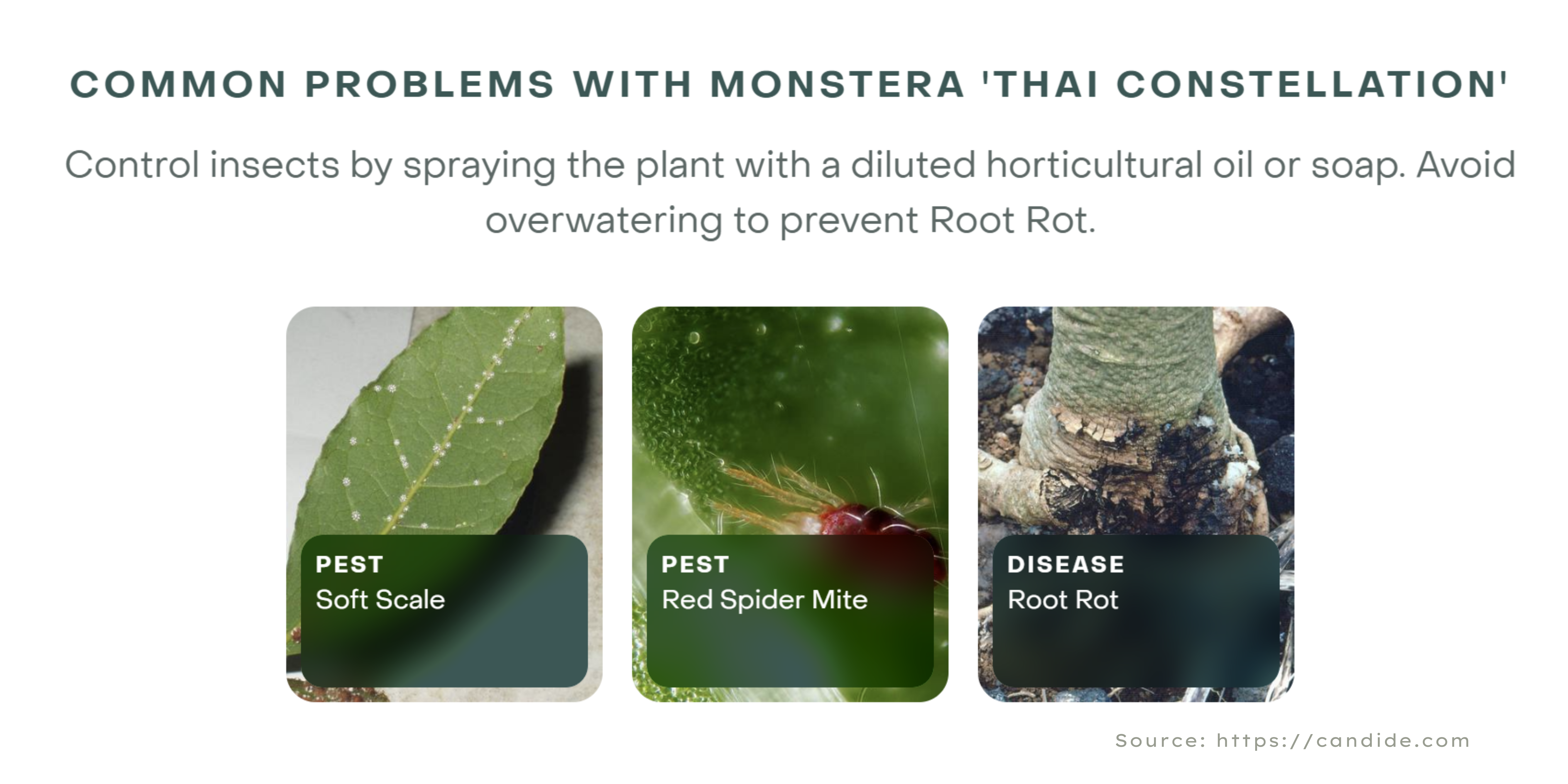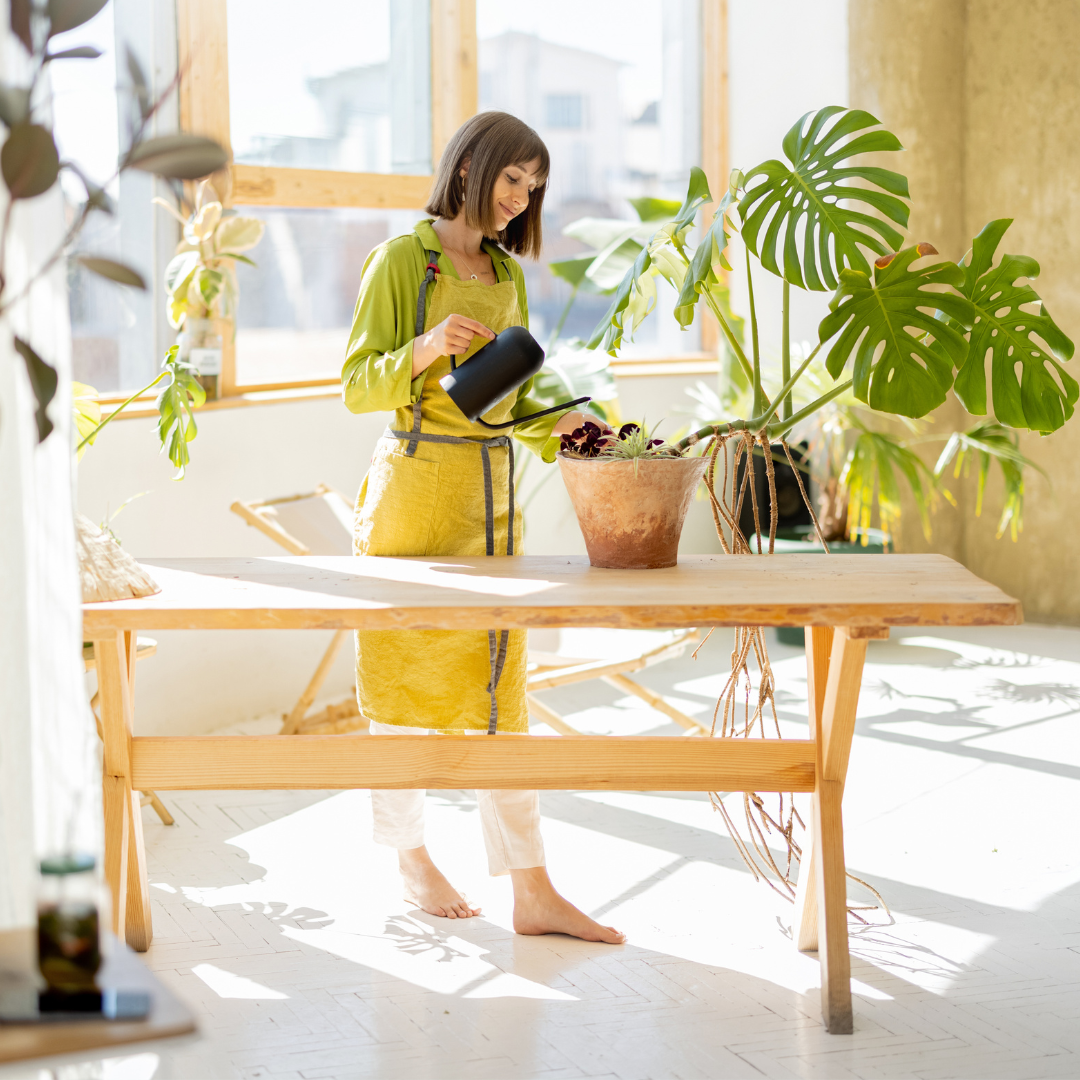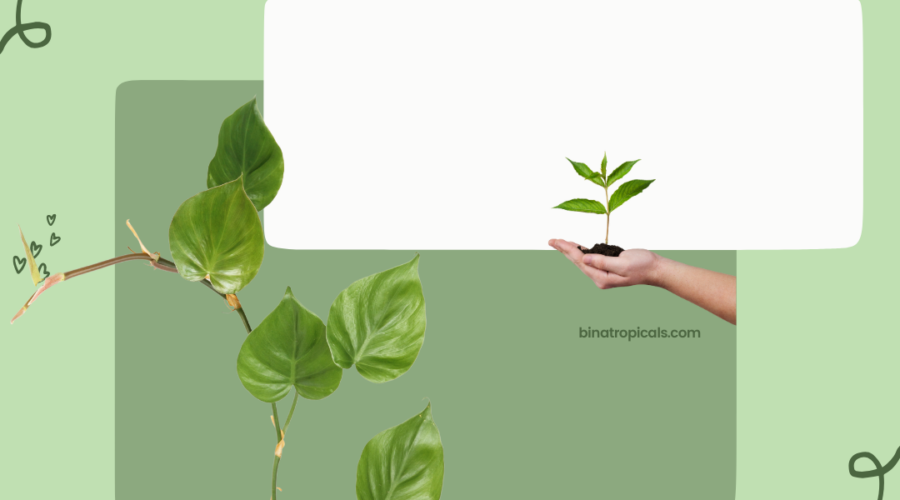
Overview of Monstera’s “Thai Constellation”
The spectacular, spreading, simple-to-grow, and generally low-maintenance Monstera deliciosa ‘Thai Constellation’ plant. This cultivar has lovely variegated leaves with cream-yellow splotches of color.
Keep temperatures above freezing, plant in a place in partial shade, and use well-draining soil for optimum development. It has a bushy habit and is frost-tender. For optimal results, water once the soil has completely dried out.
This cultivar, which was created from the M. deliciosa species, is known as variegated because some of its leaves are not totally green. The pattern, which is spread out across the leaves in small parts and resembles stars in a galaxy, gives the pattern its cosmic moniker.
Thai Constellation, a cultivar with unusual leaf, can be kept indoors, though it needs care for healthy growth. produces plain, cream-colored blooms. They later produce fruits, which are edible once their scales lift, assuming the conditions are suitable. When eaten unripe, they can upset the stomach and resemble a green ear of maize.
The main benefit of growing this as a houseplant is the striking and eye-catching foliage. Large, glossy, heart-shaped leaves with a changing structure with age characterize this plant. The term “Swiss Cheese Plant” refers to a species that has developed distinctive splits through time.
Monstera deliciosa is an epiphyte that is native to tropical rainforests and climbs utilizing aerial roots. Monstera deliciosa can survive without soil or water by adhering to other objects and drawing food and moisture from the air and its immediate surrounds. It cannot grow in soil or water. It is advised to add moss and perlite to the soil mix to create an airy, well-draining environment for them when potted.
Click here to know problems with monstera causes and solution
The fruit can be ripened by cutting it when the first scales begin to lift and it begins to smell pungent. Set aside in a paper bag until the scales start to fall off. Brush the scales away to reveal the edible flesh beneath, which can be cut from the core and eaten.
Soil
Monsteras prefer nutrient-rich, well-draining, somewhat acidic soil. They require well-draining soil with proper aeration for the roots. All-purpose potting soil is not appropriate for this variegated Monstera because it is frequently excessively dense, resulting in compacting, and the soil does not drain adequately for Monsteras. The best solution is to create your own Monstera soil.
In a big bowl or bucket, combine equal parts moist sphagnum moss, all-purpose potting soil, and perlite. To the mixture, add one part acidic compost. You can create your own compost blend with Lomi by composting citrus peels and other acidic things to create the ideal Monstera fertilizer.
How often should you water your Monstera Thai Constellation?
When managing water for your Monstera Thai Constellation, finding the appropriate proportion is crucial. It needs some water, but over watering could result in root rot or fungus problems. Overwatering is more likely to destroy your prized plant than underwatering, even though the plant may dry out as a result. The top half of the soil should always be checked before watering your Thai Constellation, which likely needs to be done around once per week. How dry does it feel? Water it slightly. Wait if it seems damp.
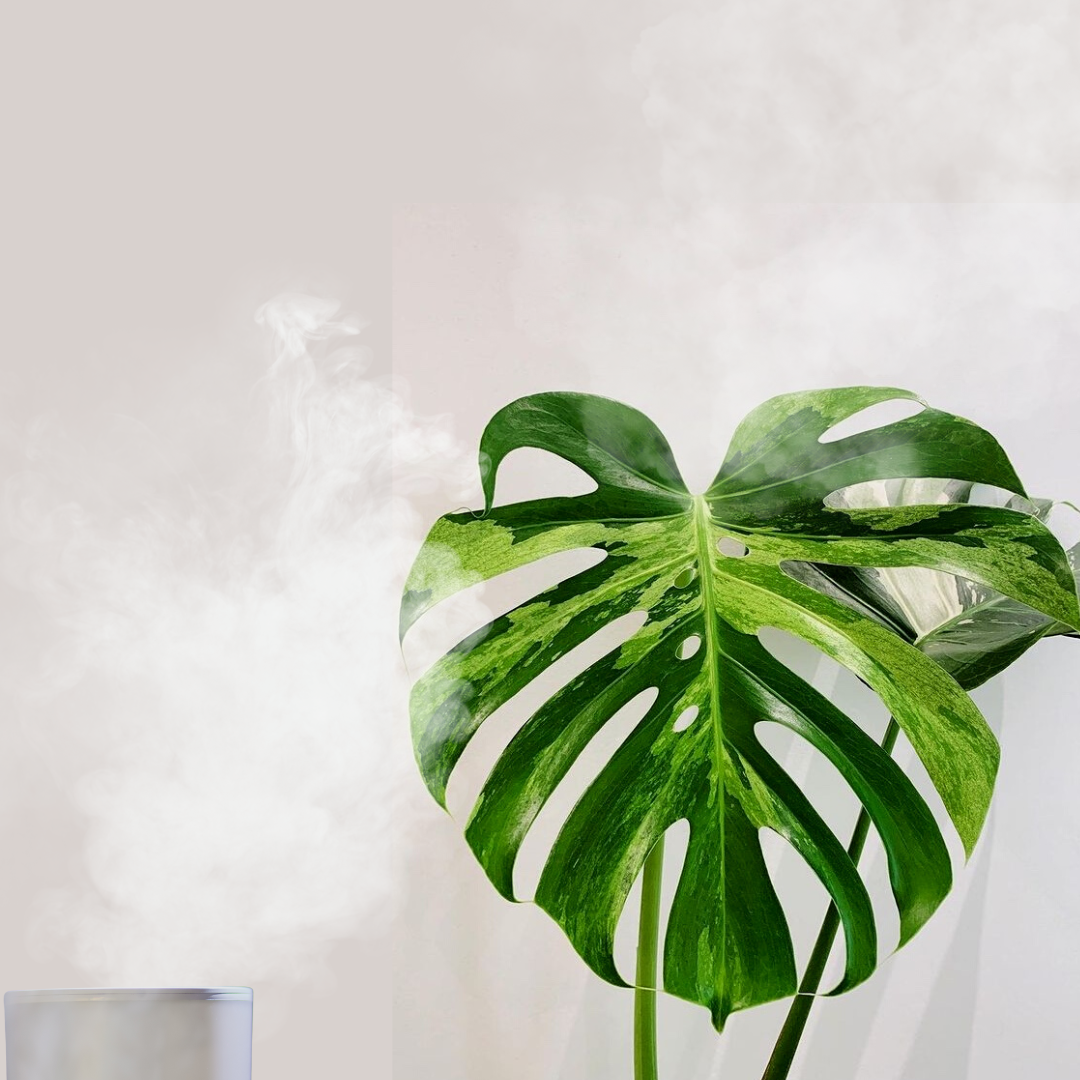
The ideal temperature and humidity levels for your Monstera Thai Constellation
As for humidity: your Thai should probably be fine indoors. It is not usually necessary to use a particular humidifier to maintain proper humidity levels, but keep an eye out for brown spots. Crispy edges on the leaves or brown spots on the foliage may indicate that the plant requires more humidity.
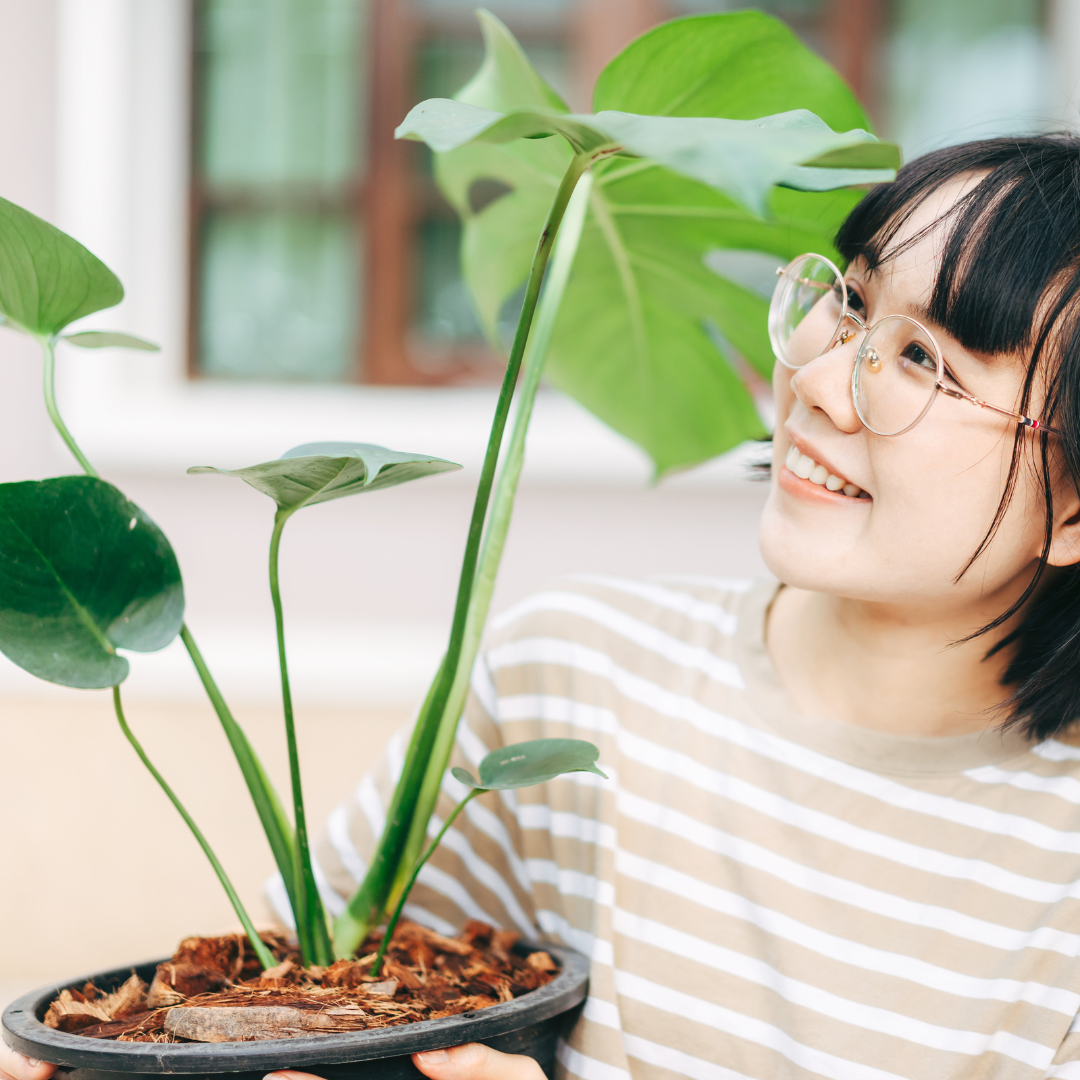
Will your Monstera Thai Constellation benefit from repotting?
Your Thai plant will eventually need a bigger pot as it gets older; this happens typically every two years. Depending on your plant’s age, the environment it is kept in, the fertilizer you use, and other factors, it may be time to move it to a larger pot after around two years.
It is advised that you choose a pot that is just a tiny bit bigger when repotting to a larger one. Only raise yourself a few centimeters. A greater increase entails more soil, which can hold more water and lead to the rot of the plant’s roots. A larger container will also allow the roots too much room to expand, which could cause the plant to focus all of its energy on its roots rather than its stem or leaves.
More Information
We would love to hear your feedback and suggestions. Let’s connect with us, you will get more benefits. Thank you for your kindness and support
- website www.binatropicals.com
- Telp/ WA +62 851-7222-2420 click here
- DM on @binatropicals
Reference
- https://www.growjungle.com/
- https://candide.com/

